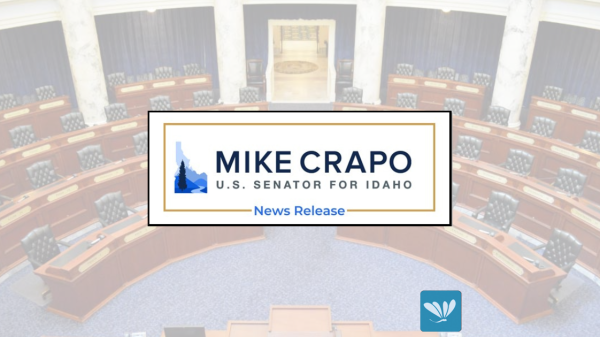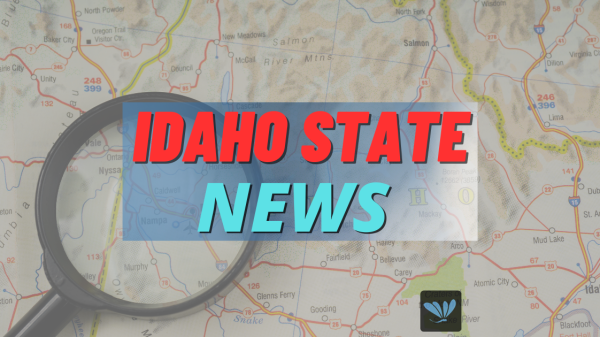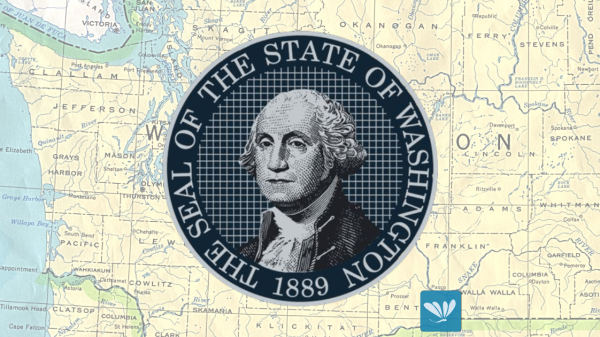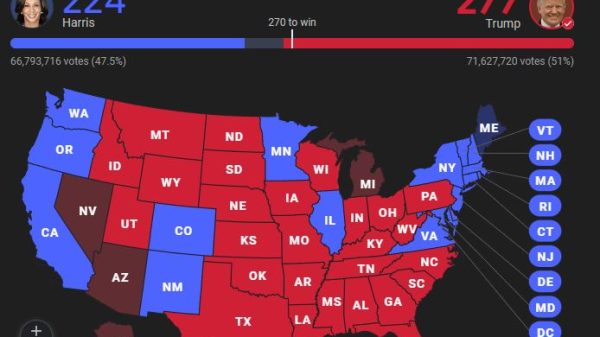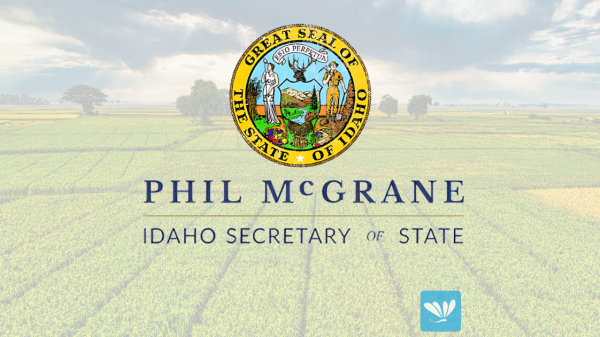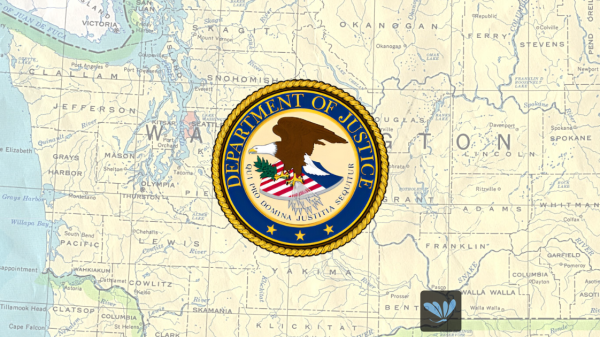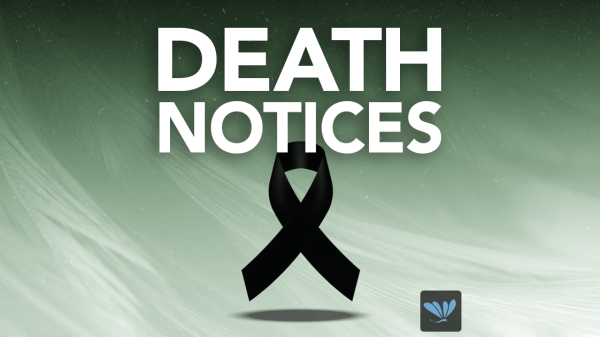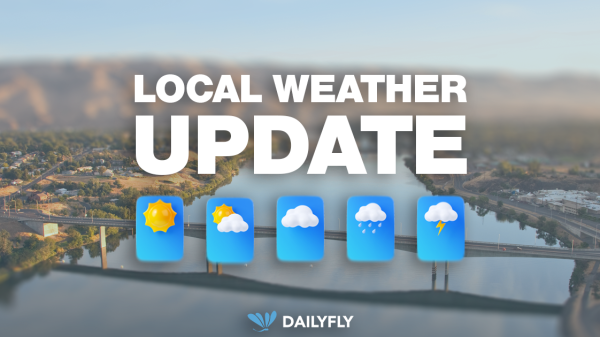(The Center Square) – The United States has been battling a doctor shortage for a few years. The COVID-19 pandemic exposed just how big the problem is. Medical institutions have been warning that there could be a shortage of up to 124,000 primary care physicians and specialty care doctors nationwide within a decade, according to research by the Association of American Medical Colleges.
There is already a shortage in some places in the U.S., with rural areas disproportionately affected. If people living in rural communities, minorities, and those with no health insurance, had the same access to medical care as others have, the country would need an additional 180,400 doctors to meet demand. (These are the states where the most people don’t have health insurance.)
In Idaho, there are 3,504 active physicians, or 184.3 for every 100,000 people, the fewest among states.
Other than a low supply of doctors, lack of health insurance can be another barrier to accessing care. An estimated 8.8% of Idaho residents are uninsured, the 20th most among states. Meanwhile, 15.1% of adults across the state report being in less than optimal health, compared to 17.1% of adults nationwide.
Data on the percentage of adults reporting fair or poor health is from the 2022 County Health Rankings & Roadmaps program of the University of Wisconsin Population Health Institute. Data on the share of the population without health insurance came from the 2021 ACS and are one-year estimates.
| Rank | State | Doctors per 100,000 people | Total number of active physicians | Adults in fair or poor health (%) | Uninsured rate (%) |
|---|---|---|---|---|---|
| 1 | Idaho | 184.3 | 3,504 | 15.1 | 8.8 |
| 2 | Mississippi | 198.5 | 5,857 | 22.0 | 11.9 |
| 3 | Oklahoma | 208.0 | 8,293 | 21.3 | 13.8 |
| 4 | Wyoming | 211.6 | 1,225 | 15.7 | 12.2 |
| 5 | Nevada | 214.1 | 6,731 | 20.1 | 11.6 |
| 6 | Arkansas | 214.8 | 6,500 | 24.1 | 9.2 |
| 7 | Utah | 215.6 | 7,198 | 14.8 | 9.0 |
| 8 | Alabama | 217.9 | 10,983 | 21.4 | 9.9 |
| 9 | Iowa | 221.0 | 7,056 | 13.6 | 4.8 |
| 10 | Texas | 227.5 | 67,182 | 20.9 | 18.0 |
| 11 | Georgia | 232.2 | 25,072 | 19.3 | 12.6 |
| 12 | Kentucky | 233.5 | 10,528 | 22.0 | 5.7 |
| 13 | Indiana | 233.9 | 15,918 | 18.9 | 7.5 |
| 14 | Kansas | 234.2 | 6,874 | 17.1 | 9.2 |
| 15 | South Carolina | 235.0 | 12,197 | 17.8 | 10.0 |
| 16 | North Dakota | 235.6 | 1,826 | 13.3 | 7.9 |
| 17 | Nebraska | 245.5 | 4,820 | 13.9 | 7.1 |
| 18 | South Dakota | 247.3 | 2,214 | 15.1 | 9.5 |
| 19 | New Mexico | 249.0 | 5,269 | 20.0 | 10.0 |
| 20 | Montana | 249.0 | 2,750 | 14.4 | 8.2 |
| 21 | Arizona | 252.1 | 18,343 | 18.3 | 10.7 |
| 22 | Tennessee | 253.6 | 17,687 | 20.3 | 10.0 |
| 23 | North Carolina | 262.1 | 27,650 | 18.5 | 10.4 |
| 24 | Virginia | 264.7 | 22,874 | 16.1 | 6.8 |
| 25 | Florida | 270.1 | 58,822 | 17.8 | 12.1 |
| 26 | Wisconsin | 271.0 | 15,975 | 15.0 | 5.4 |
| 27 | Louisiana | 271.6 | 12,557 | 21.7 | 7.6 |
| 28 | West Virginia | 275.6 | 4,914 | 24.3 | 6.1 |
| 29 | Washington | 280.8 | 21,731 | 15.7 | 6.4 |
| 30 | Delaware | 284.0 | 2,850 | 18.0 | 5.7 |
| 31 | Alaska | 286.8 | 2,101 | 15.7 | 11.4 |
| 32 | California | 289.8 | 113,718 | 17.8 | 7.0 |
| 33 | Colorado | 291.7 | 16,956 | 13.7 | 8.0 |
| 34 | Illinois | 293.0 | 37,122 | 17.1 | 7.0 |
| 35 | Missouri | 296.6 | 18,297 | 17.6 | 9.4 |
| 36 | Michigan | 298.9 | 30,040 | 18.2 | 5.0 |
| 37 | Ohio | 299.9 | 35,333 | 18.1 | 6.5 |
| 38 | New Jersey | 300.3 | 27,832 | 15.5 | 7.2 |
| 39 | Minnesota | 308.7 | 17,617 | 13.3 | 4.5 |
| 40 | Oregon | 309.2 | 13,127 | 17.4 | 6.1 |
| 41 | Hawaii | 316.1 | 4,557 | 15.3 | 3.9 |
| 42 | New Hampshire | 316.1 | 4,391 | 14.3 | 5.1 |
| 43 | Pennsylvania | 324.4 | 42,051 | 17.6 | 5.5 |
| 44 | Maine | 324.9 | 4,459 | 17.2 | 5.7 |
| 45 | Connecticut | 359.9 | 12,977 | 14.3 | 5.2 |
| 46 | Rhode Island | 370.8 | 4,063 | 16.3 | 4.3 |
| 47 | Vermont | 373.3 | 2,410 | 12.6 | 3.7 |
| 48 | New York | 381.9 | 75,749 | 16.4 | 5.2 |
| 49 | Maryland | 385.9 | 23,791 | 14.0 | 6.1 |
| 50 | Massachusetts | 459.8 | 32,116 | 13.4 | 2.5 |













